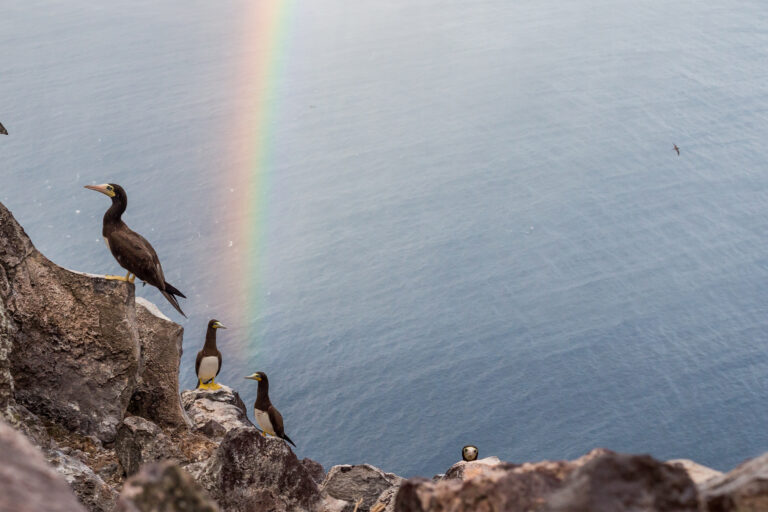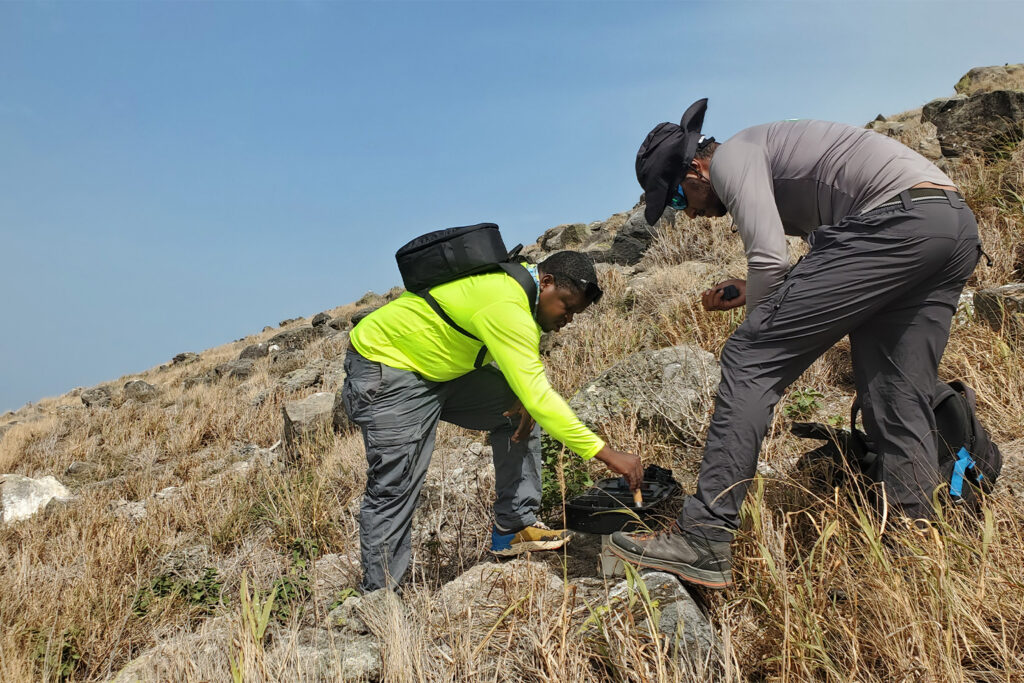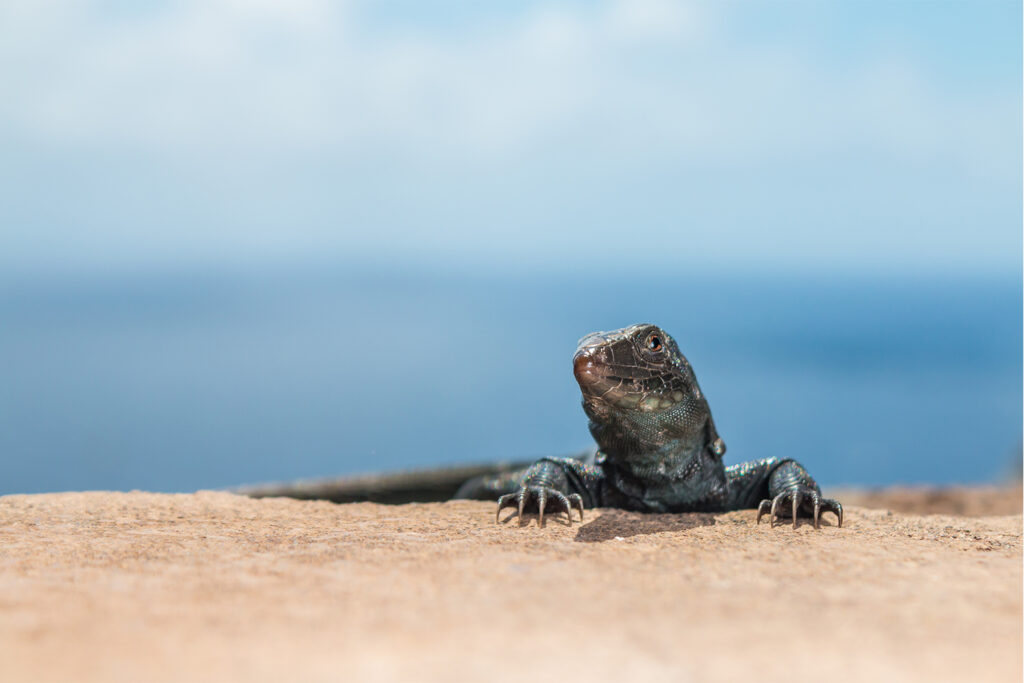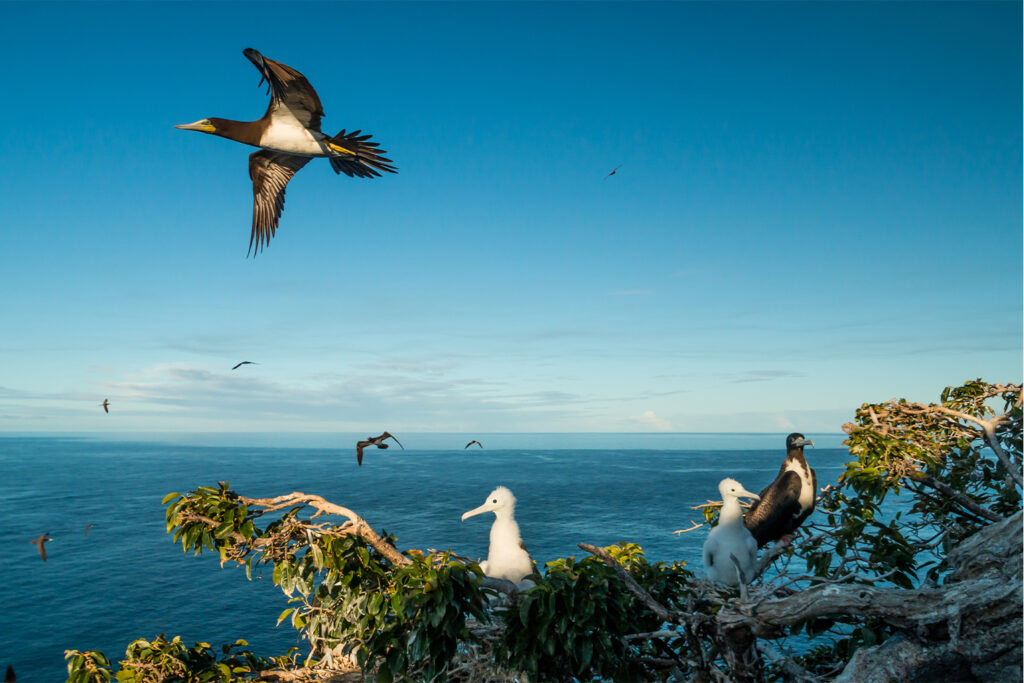In the transformative year of 2016, a visionary conservation endeavor took root to resurrect the enchanting island of Redonda, nestled within the embrace of Antigua and Barbuda in the Caribbean. This audacious initiative set its sights on expelling invasive rats and goats, which had cast a shadow over the island’s once-vibrant ecosystem.

As the invasive intruders were successfully ousted, a spectacular revival unfolded. The once barren landscape of Redonda burst forth with renewed vitality as its vegetation flourished, inviting a resurgence of seabirds and diverse wildlife to reclaim their rightful place.
The tale reached its crescendo in September 2023 when the government of Antigua and Barbuda proudly declared the birth of the Redonda Ecosystem Reserve—an expansive sanctuary covering nearly 30,000 hectares (74,000 acres) of both terrestrial and marine domains.
This ambitious conservation triumph aspires to be more than a mere resurrection; it aims to stand as a beacon of inspiration for kindred initiatives across the Caribbean. Redonda’s story is not just one of ecological restoration but a blueprint for sustained protection and harmonious coexistence.
A mere seven years ago, Redonda, a volcanic jewel in the Caribbean Sea, mirrored the desolation of a lunar landscape—its dusty terrain bearing witness to a bygone era of guano mining during World War I. Left behind were not only remnants of exploitation but also a legacy of invasive rats and goats, orchestrating the silent demise of its once-thriving vegetation.
In 2016, a dedicated cadre of conservationists embarked on a mission to reverse this ecological tragedy. Through the strategic use of targeted rodenticides, ensuring the preservation of biodiversity, and the airlifting of famished goats struggling amidst the island’s depleted resources, Redonda’s journey of rejuvenation was set into motion.

Once the invasive inhabitants bid farewell, Redonda underwent a metamorphosis that exceeded even the wildest expectations. Indigenous trees and grasses burst forth, reclaiming the landscape with an almost magical resurgence. The symphony of seabirds, featuring the elegant brown boobies (Sula leucogaster) and the vivid red-billed tropicbirds (Phaethon aethereus), orchestrated a triumphant return to the island’s skies. Remarkably, the population of the critically endangered and unique Redonda ground dragon (Ameiva atrata) skyrocketed thirteenfold since the transformative year of 2017, according to conservation experts dedicated to the island’s revival.
Jenny Daltry, Caribbean alliance director for the NGOs Re:wild and Fauna & Flora International, reflected on Redonda’s astounding recovery: “The island was in such a dreadful state that everyone thought it was going to need an awfully long time to recover. But we were seeing changes really fast.”
In the wake of Redonda’s successful restoration, the government of Antigua and Barbuda proudly declared the creation of the Redonda Ecosystem Reserve this month. Encompassing nearly 30,000 hectares (74,000 acres) of both land and sea—an area equivalent to a quarter of Rome—the reserve extends its protective embrace over the island’s terrain, seagrass meadows, and coral reefs.
Arica Hill, the visionary executive director of the Environmental Awareness Group (EAG), an NGO rooted in Antigua and Barbuda deeply involved in the restoration journey, hailed the establishment of the reserve as a “good jumping point” for future conservation endeavors in the Caribbean. The region is scattered with petite islands besieged by invasive species, and Hill expressed hope that the collaborative model of NGOs working alongside the government, private individuals, and agencies would set a precedent for effective area management.

Embarking on the ambitious quest to banish invasive species and breathe life back into islands resonates as a global symphony, with echoes of triumph reverberating from the sun-kissed shores of French Polynesia and Tonga to the rugged landscapes of South Africa. Scientific validation, as underscored by a revelatory 2022 study, paints a compelling narrative, showcasing an impressive 88% success rate in rekindling biodiversity on islands by meticulously eradicating intruders such as rats, rabbits, cats, and pigs.
Jenny Daltry, a harbinger of hope, envisions a tapestry of positive metamorphoses unfurling across Redonda and its surrounding azure expanse in the decades ahead.
“Without vegetation, things were just crumbling into the sea, smashing up the reefs and the seagrass meadows,” Daltry observed. “But we should see that pressure decrease on the coral reefs and the seagrass meadows to start to recover as well.
“When you remove rats on an island, seabird populations recover, and indeed, we can already see the seabird populations increasing,” Daltry added. “And there’s very close connections between the state of the seabirds and the state of fish.”
Arica Hill, enchanted by the unfolding chronicle of Redonda’s renaissance and its newfound haven status, finds the most exhilarating aspect in witnessing the people of Antigua and Barbuda embracing Redonda and spearheading the charge in conservation efforts.
“Antigua and Barbuda has not always been at the front and center [of conservation], and it’s not a picture that we’ve grown up seeing,” Hill reflected. “And I’m so excited and so proud of my team of people who are Antiguans and Barbudans.”
